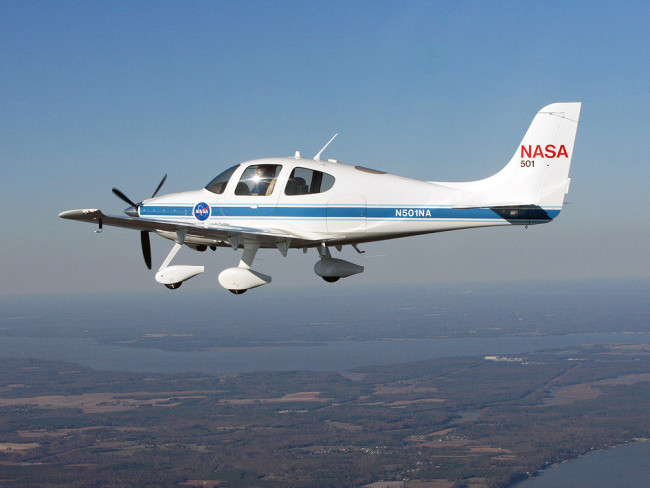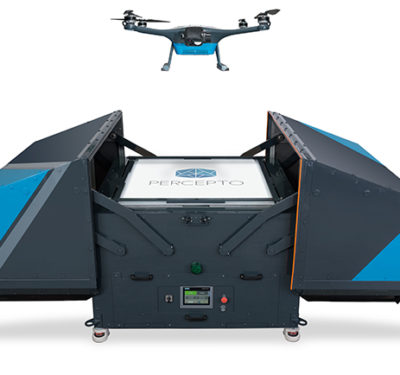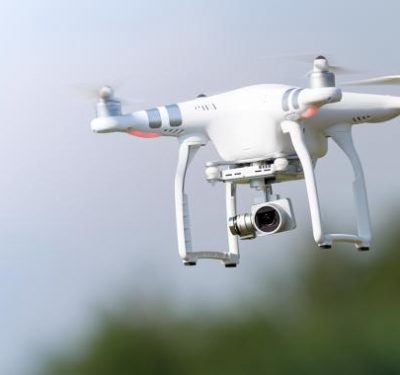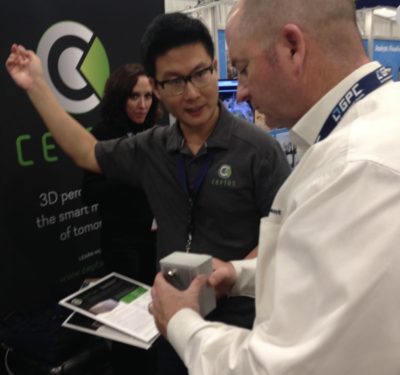
A NASA SR-22 remotely piloted aircraft will deliver supplies from the Tazewell County Airport to Lonesome Pine Airport during the Let’s Fly Wisely event on July 17. NASA
Every year, about 1,500 people from the Appalachian Mountains who don’t have access to the medicine they need gather at the fairgrounds in Wise, Va., for the Remote Area Medical Clinic.
This year, unmanned aerial systems will deliver the much-needed medical supplies and pharmaceuticals to the fairgrounds—marking an important first for UAS in the United States, said Rose Mooney, Executive Director of the Mid-Atlantic Aviation Partnership at Virginia Tech, or MAAP, the organization overseeing the research flights as part of the Let’s Fly Wisely event. The event is scheduled for July 17.
“We thought this would be a good way to actually show how UAS can be used for important tasks like delivering medicine and medical supplies,” Mooney said. “Most people think the only places that have trouble getting medical supplies are outside the country, but there are some here in the U.S. as well.”
NASA’s Langley Research Center in Hampton, Va., will provide a SR-22 remotely piloted aircraft to deliver the supplies from the Tazewell County Airport to Lonesome Pine Airport, Mooney said. The trip is about 22 nautical miles, and a safety pilot will be on board. Once the supplies and medicine are delivered, much smaller UASs from Flirtey will begin making deliveries to the people waiting at the RAM clinic.
The Flirtey UAS is a tethered UAS, and will lower and release the supplies to volunteers waiting at the fairgrounds. Once they’ve made the delivery, they’ll head back to the airport to pick up more packages.
“The UAS has a tethering mechanism that can lower the cargo,” Mooney said, noting the Flirtey weighs about 10 pounds without payload. “I think that certainly makes it safer, because you can control where you’re going to leave the package a little better. It also makes flight operations more complicated. Of course that’s what we’re studying. We have a controlled flight path and a controlled place where we’re leaving the packages.”
Discussions about the Let’s Fly Wisely event first began about a year ago, Mooney said, and in that time the team has worked out a lot of logistics to make the idea a reality. Planning the research flights required a lot of coordination with the FAA and the clinic’s organizers, and they’re still determining exactly how many packages they’ll be able to deliver throughout the course of the day. They do expect to make several deliveries, and hope to learn a lot from these valuable flights.
Mooney said MAAP will continue this type of research after the Let’s Fly Wisely event, and is excited about the benefits this type of UAS application can bring.
“This will demonstrate that we can go into a remote area with a UAS, deliver a package and then continue on elsewhere,” she said. “We’re showing there’s a way for UAS to deliver packages safely, while also addressing a critical need in society regarding those who can’t get medicine regularly because they live in rural areas.”






